Frans Hals – National Gallery, London
A large-scale exhibition of the work of Frans Hals at the National Gallery is an opportunity to get to know the full range of this talented Dutch painter.

Frans Hals At The National Gallery
I was at first a little surprised to read that this exhibition at the National Gallery was the first of Hals’ work in London for thirty years. Was I hallucinating, or did I go to one at the Wallace Collection just two years ago? No, that earlier exhibition definitely happened. But to be fair it was a very specialised one: only male portraits, and only thirteen works in total. So I guess the point is that this is the first major show of Frans Hals’ work in quite a long time.
To recap a little on Frans Hals, he is a Dutch painter of the 17th Century. The son of a cloth merchant, he was born in Haarlem in 1582 or 1583. This was a fairly volatile time in what is now The Netherlands and Belgium, and the family fled northwards to Haarlem when Antwerp fell to Spanish forces. In his early career Hals was an art restorer, and member of the Haarlem Guild of Saint Luke. Like Rembrandt, Hals lived long enough for his once-lauded painting style to fall out of fashion, and his debts to catch up with him. Nonetheless he persisted with his loose brushwork, and kept painting into his eighties. He died in Haarlem in 1666.
In earlier generations, Hals was as well-known and as celebrated as Rembrandt or Vermeer. The Impressionists and Post-Impressionists admired his handling of paint, Van Gogh, for one, raved about him. But fashions change, and Hals’ often jolly, well-observed portraits have been out of fashion for some time. The National Gallery aims to address that in this latest exhibition, with about fifty of the artist’s works on view.
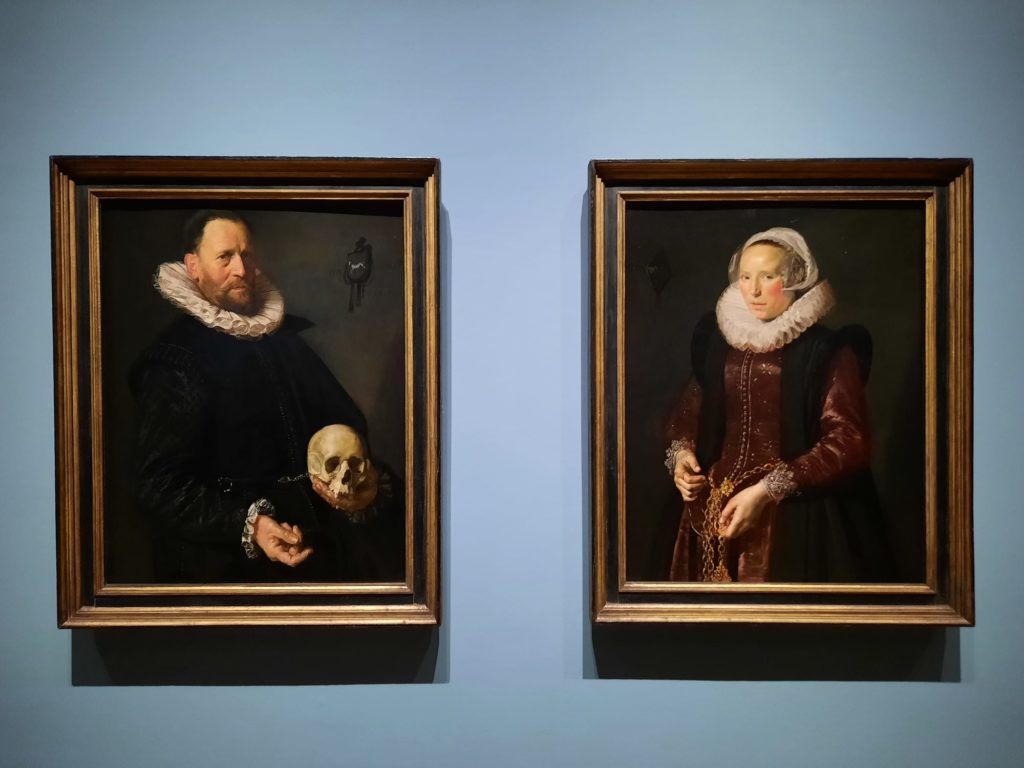
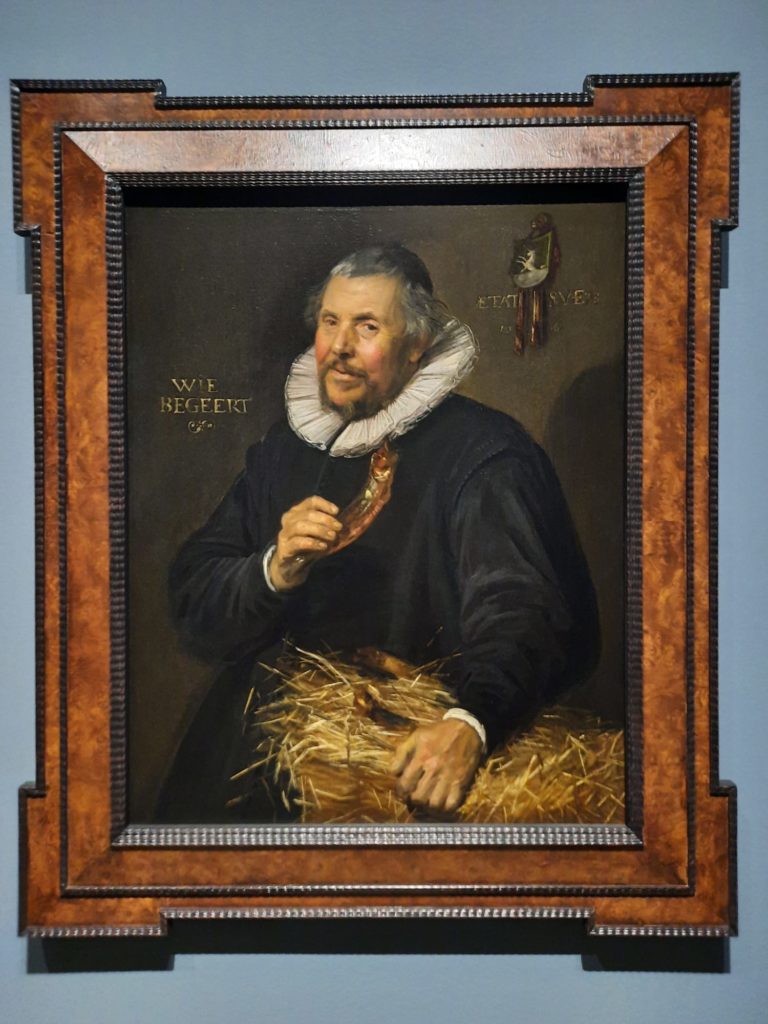


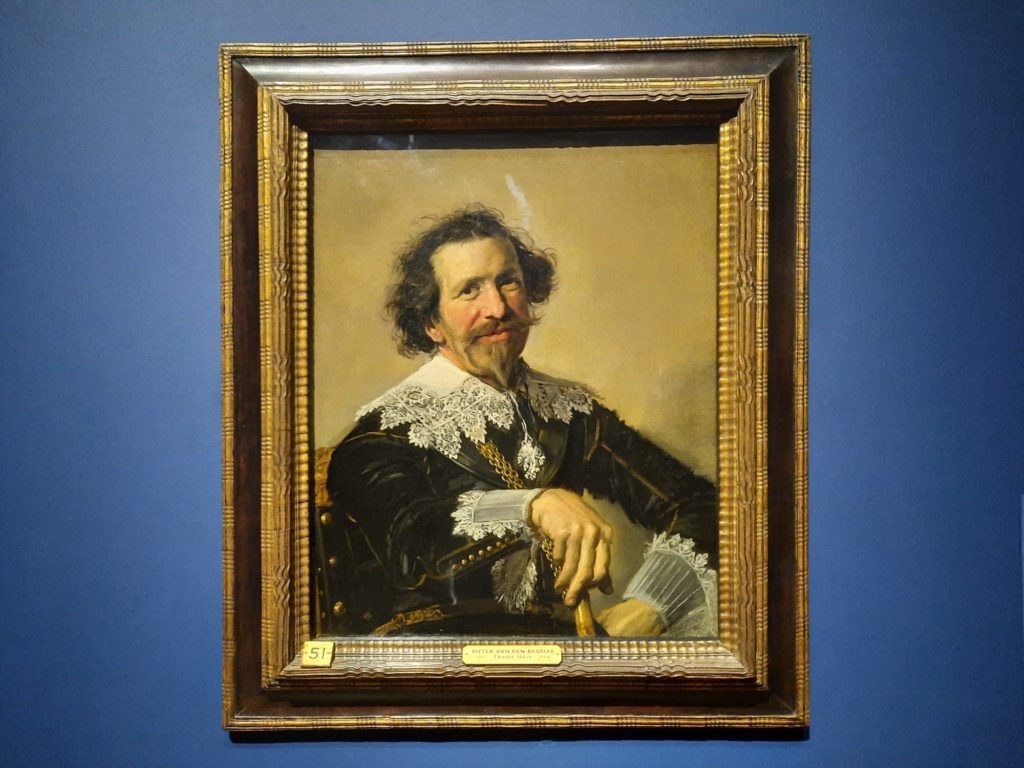
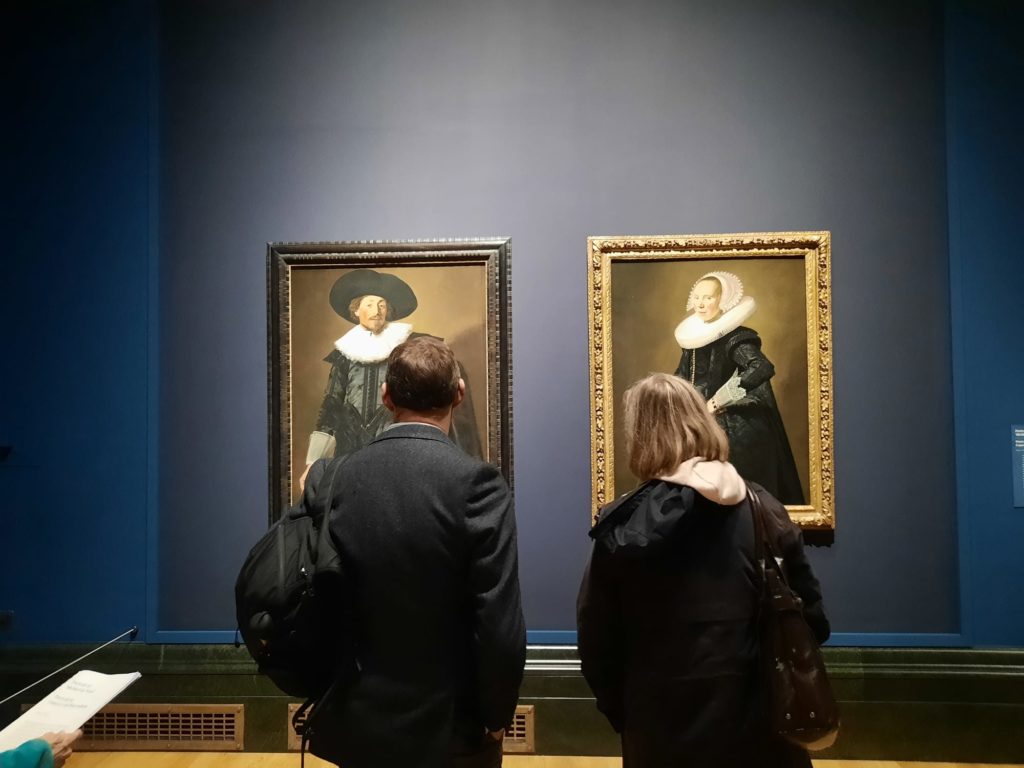
Portraits, Portraits And More Portraits
The thing about Hals is, it’s all portraits. And all in his characteristic style. Frans Hals actually seems to arrive fully formed as an artist. His earliest known work today dates to about 1611, when he was almost thirty. So we don’t have the early experiments, the apprentice works painted under a master’s watchful eye. The room entitled ‘The Early Works’ at the National Gallery isn’t quite that.
The exhibition is ordered broadly chronologically, with thematic groupings within the artist’s mature career. ‘Portraiture Into Art’, which is about portraits. ‘Invented Characters’, which is about tronies, or studies of invented faces (like portraits but not of real people). Then there’s ‘Family Ties’ (group portraits or pendants), ‘Up Close’ (small format portraits) and ‘Late Work’ (more portraits).
The astonishing thing is, you don’t spend the exhibition going “Oh no, more portraits…” Around fifty works in the generously-sized National Gallery exhibition space feels like a good amount. And the immediacy of the artist’s style, the range of poses, demeanours, formats and faces, creates enough variety to hold the viewer’s interest.
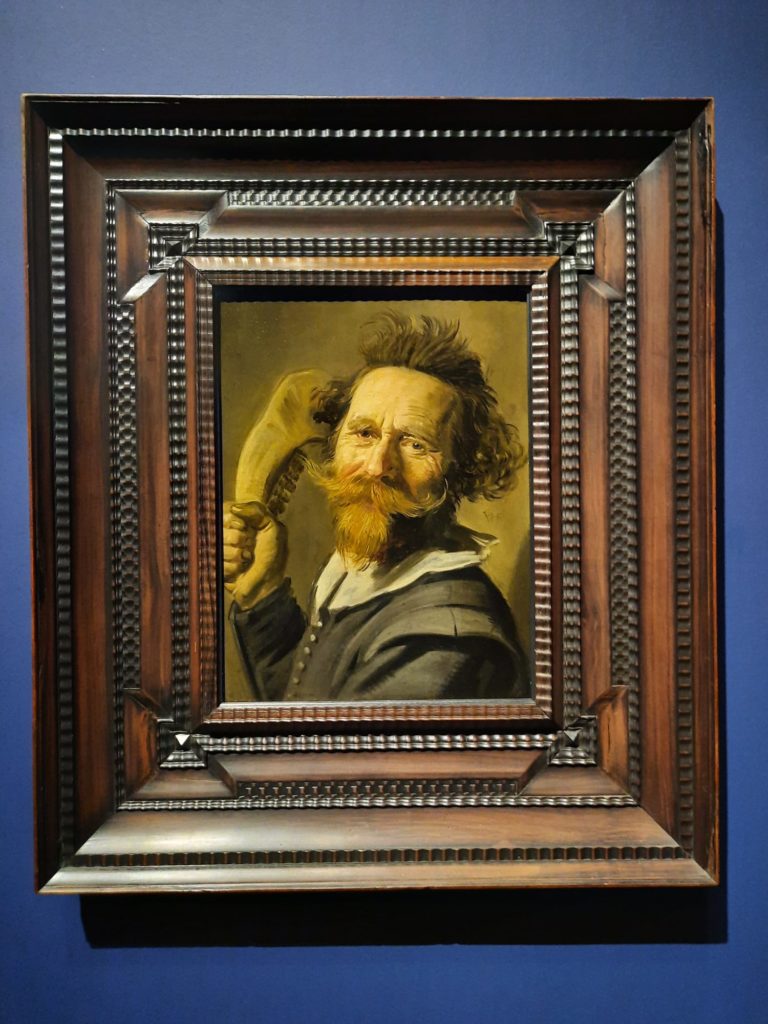
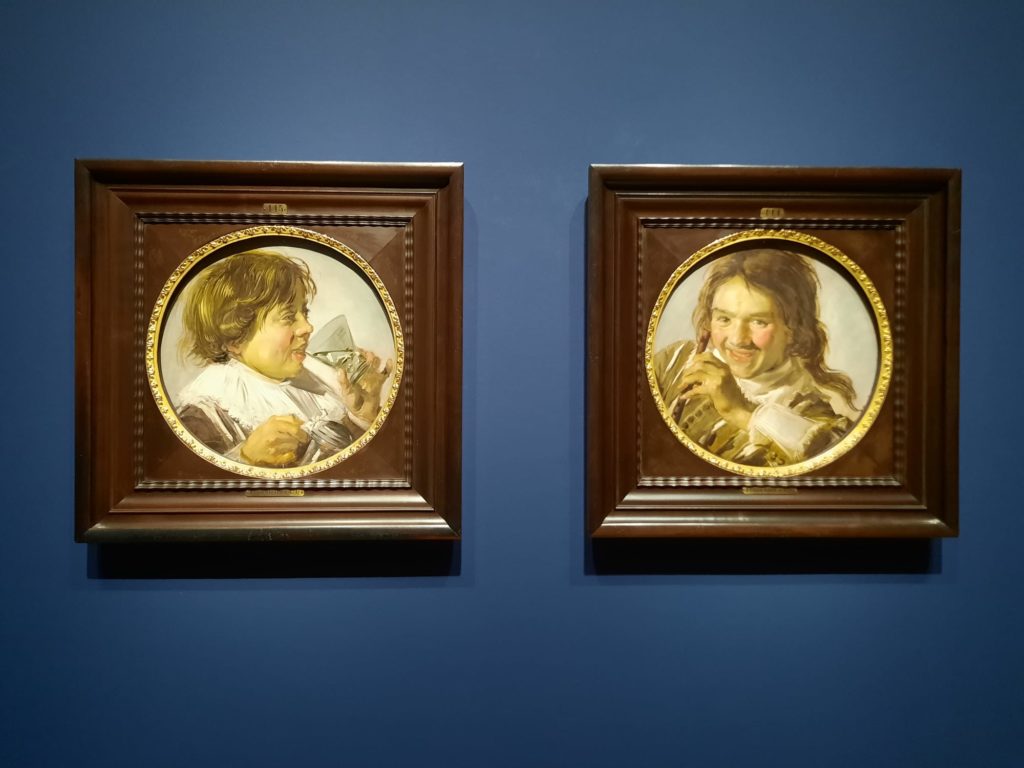


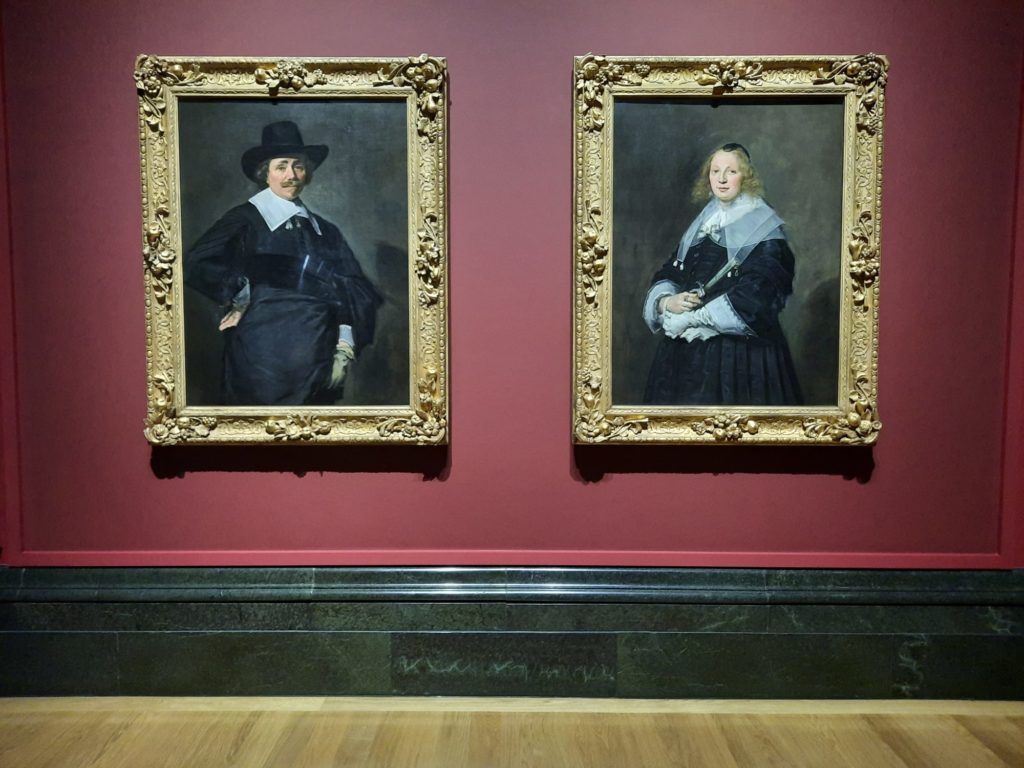

Rubbing Shoulders With Rembrandt? Vermeer’s Peer?
So does the National Gallery achieve what it set out to do? To rehabilitate or reestablish the reputation of Frans Hals on par with his contemporaries? (OK, they specifically reference Rembrandt and Velázquez, but Vermeer rhymes better and is Dutch. The question still holds.)
I would say: not really. Don’t get me wrong, I really liked the exhibition. They have some great examples of Frans Hals’ work. I particularly like when works in different collections are brought back together, and there are some pairs here that have been separated by oceans for decades or even longer. Great stuff. There are paintings big and small. Portraits of rich sitters and poor ones. As many sitters who are not white men as the curatorial team could reasonably locate (a few women, fewer non-white faces). Even a couple of collaborations: a common practice for artists who would divide by specialism. Let the still life painter paint the cart of vegetables, I’ll take the woman’s portrait. And so on.
So I came away from this exhibition with an even greater appreciation for Hals as an artist. Many of the male portraits I saw at the Wallace Collection were here too (even the Laughing Cavalier now that the Wallace Collection have changed their policy on loans). But much more besides, allowing me to get even more familiar with his clever brushwork and ability to transmit personality through paint. But would I put Hals on a level with Rembrandt? Probably not. I don’t pretend to know Velázquez well enough to make the comparison, but I suspect it’s a similar outcome.
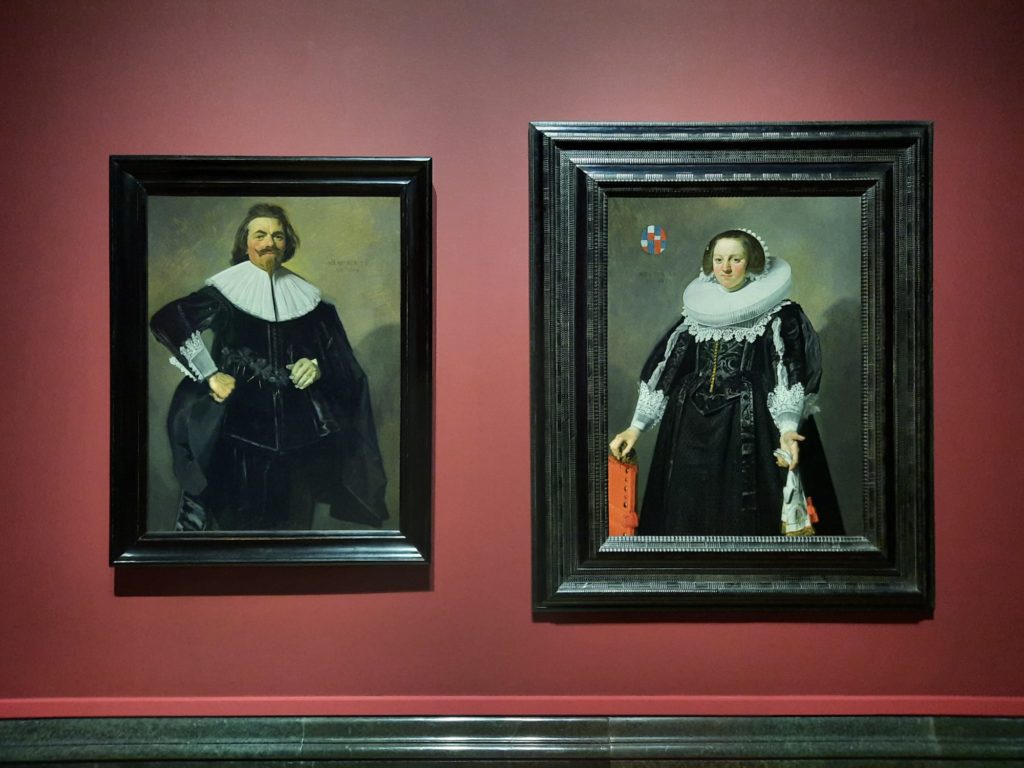
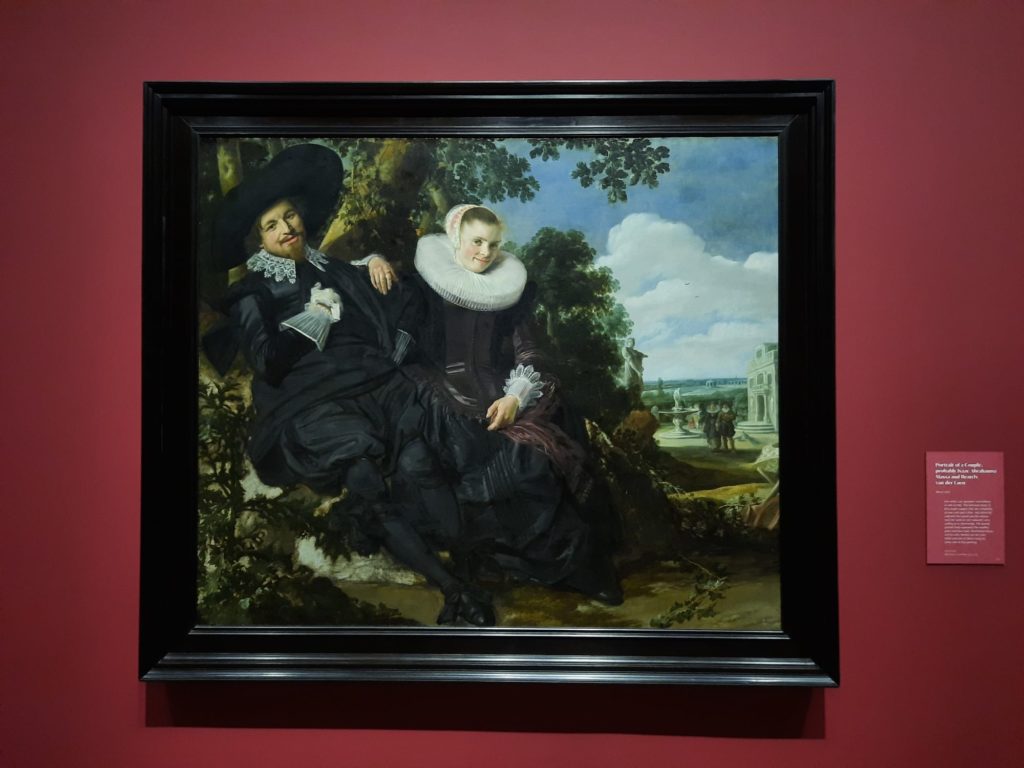
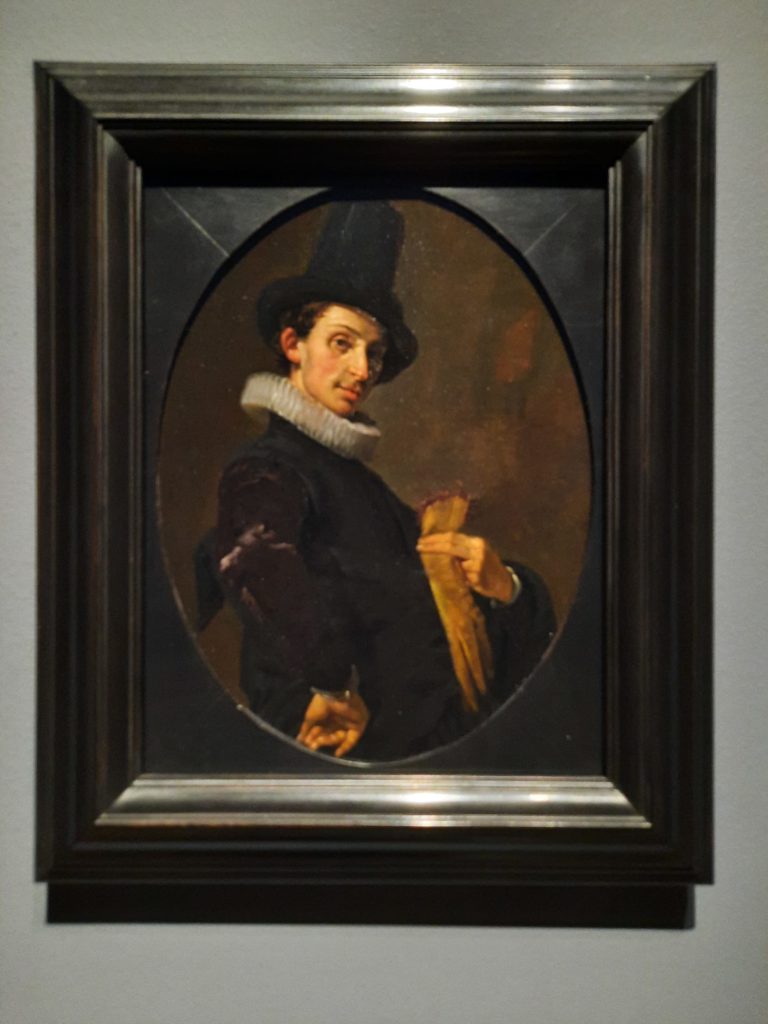
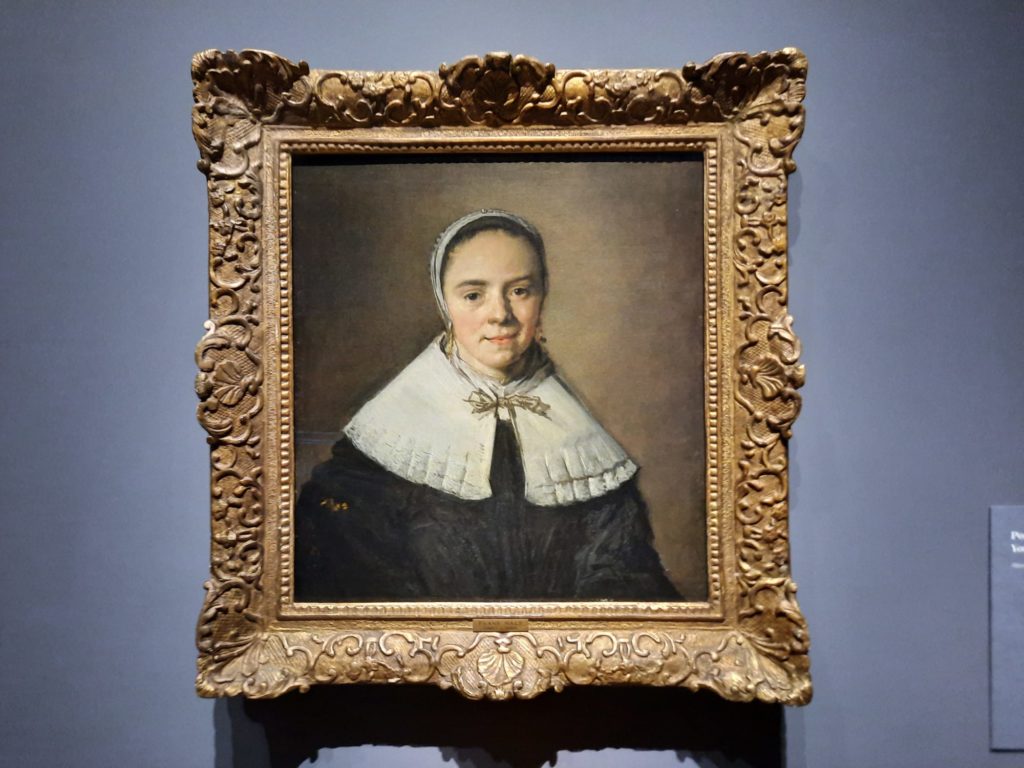

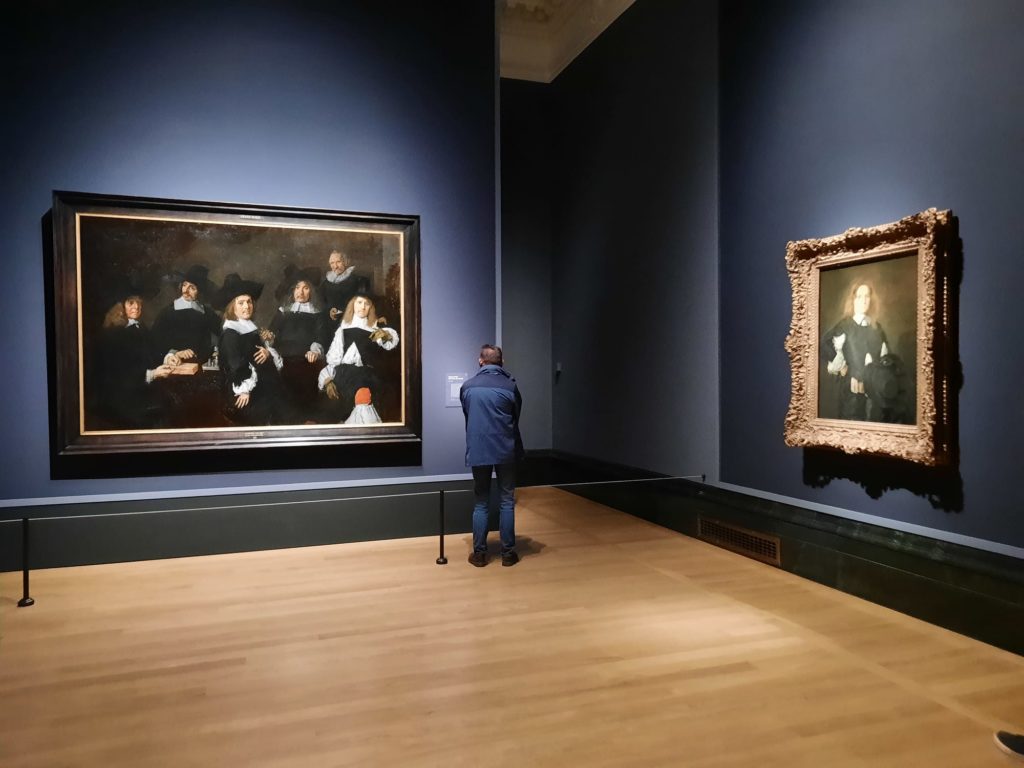
Final Thoughts On Frans Hals
So where does that leave us? Well, I’m somewhere in between some of the other reviews I’ve read of the exhibition. I liked the one I saw at the Wallace Collection a bit more (it’s still memorable for its beautiful exhibition design and entertaining audioguide). But I wasn’t walking around in a haze of despair like one critic whose review I read.
I also liked Frans Hals more than some National Gallery exhibitions I’ve seen. I tend to run a bit hot and cold here – often a decent exhibition is somewhat ruined for me by the crowds it draws. The last one I found a little muddled. But this one is clear and concise, plus I picked my time well and had the space to see the paintings without jostling elbows with fellow visitors.
Frans Hals is definitely worth a look. It’s one of the first big exhibitions I’ve seen in London for the winter season, and one that I would recommend to most art lovers. I guarantee you will find something to admire, whether the artist’s technical skill, a nice bit of 17th Century couture, or the bizarre choice to depict a man wielding an animal’s jawbone. Something for everyone.
Salterton Arts Review’s rating: 4/5
Frans Hals on until 21 January 2024
Trending
If you see this after your page is loaded completely, leafletJS files are missing.

